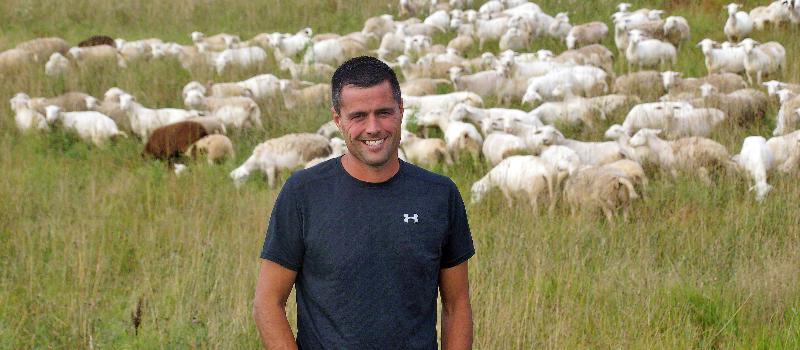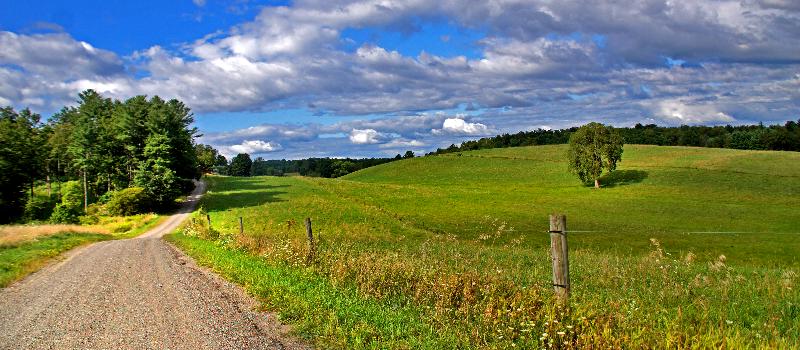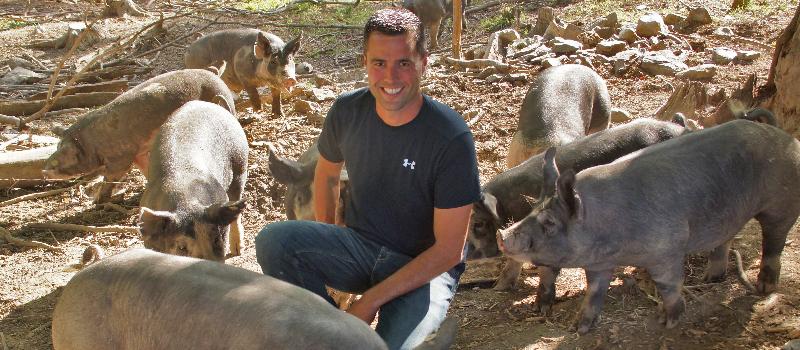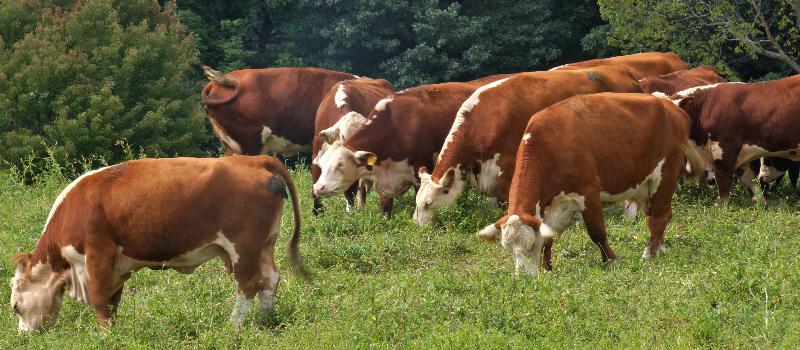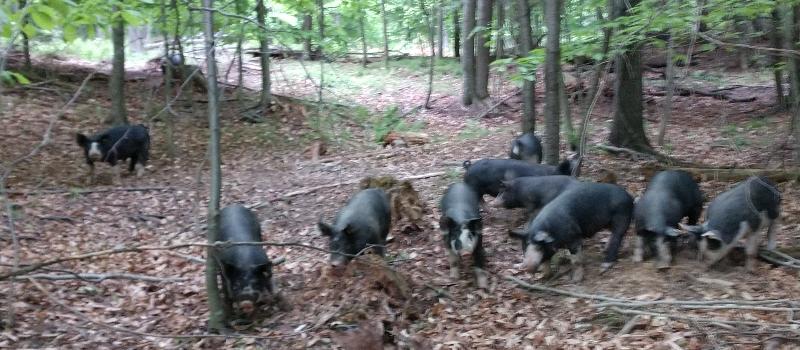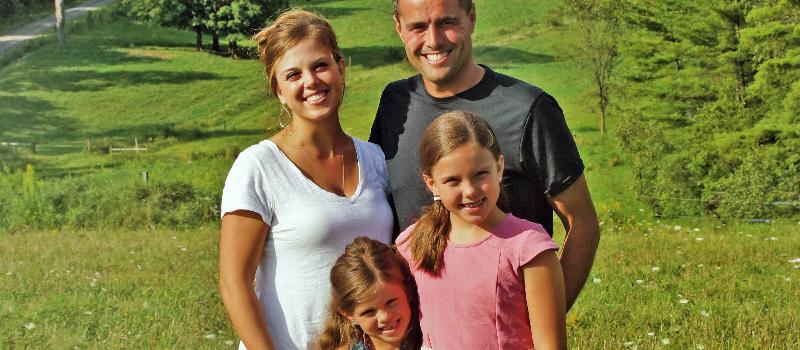A First-Generation Farm Breathes New Life into the Land
Regenerative Agriculture proves key to building a family's future
Walking the sprawling fields of the Gibson Family Farm in Pittstown, Dustin Gibson’s focus isn’t on the stunning pastoral vistas but rather, it’s on the ground beneath his boots. That’s because for Gibson, his family and the nearly 900 sheep, goats, cows, and hogs that call the 600+ acre property home, the soil and forage are the key to their collective health and future.
The big impact of a low-impact approach to farming
When Dustin and his wife Kassie established the farm in 2009, the first-generation farmers made a commitment to embrace the principles of permaculture. That means no tilling or chemical additives. Dustin explains, “All of our livestock is 100% grass-fed on native vegetation. By methodically moving the animals around the property, in some cases daily, we’re able to ensure they’re feeding on the most nutritious portions of the grasses and plants. At the same time, we’re preventing them from overgrazing and minimizing compaction to preserve soil structure.”
In addition, the Gibsons are incorporating the principles of silvopasturing and mob grazing into their operation. “We regularly rotate hogs and goats through the 80 acres of forested pastures,” he says. “This brings some diversity to their diet, puts some nutrients back into the soil and helps control the vegetation.”
The cycle of graze and replenish is a year-round process at the farm. Gibson says, “The animals are naturally equipped to handle low temperatures, wind, and snow. As long as they’re in good health and have access to fresh water and food, they’re fine. With the exception of some winter feeding from round bales, the animals fend for themselves year-round. And, he notes, “because we don’t grow hay, meaning I have to shell out cash for it, I’m very mindful of not throwing hay at them when there is natural vegetation readily available.”
Responsible and responsive
As Kassie recalls, “The initial decision to grass feed was driven by the desire to practice farming in a manner that was efficient and harmonious with the earth. As it turns out, the timing was also good as there was a growing demand for grass-fed beef. Then came a demand for pasture-raised pork. Our small size allows us to be nimble and adjust to whatever the market wants.”
She adds, “We could never compete with the large-scale operations, and we don’t want to. This model works for us on a personal and professional level and, frankly, gives us more control of our destiny. Our goal isn’t to have so many acres or dollars in sales in X-number of years. It’s really about providing a quality of life for our family and our animals and feeling good about the impact we are—and aren’t—making through our methods.”
Securing land and a future with ASA
Turning back to the soil beneath their feet, the Gibsons are keenly aware of the importance and value of land. “Anyone in agriculture knows how hard it is to acquire land,” says Dustin,
“And with all the development taking place, it’s not going to get any easier. Which is why an easement with ASA was appealing to us. Our intent is to acquire more land so that we can expand our pasturing efforts. Maybe we’ll stick with the animals we have, or, if the markets call for something else, we’ll add them to the fold. But that can only be done with more land.”
Thinking longer term, Kassie adds, “I also appreciate the assurance that the easement provides. Right now, we have two young daughters who love the farm. If they choose to take that path, the easement will make sure that the land needed for grazing will always be available. And if they choose to do something else, the land will provide for another farming family looking to shape their own destiny the way we have.”
"The easement will make sure that the land needed for grazing will always be available.” - Kassie Gibson
Funding for this conservation project was provided by a grant through the State Farmland Implementation Program administered by the NYS Department of Agriculture and Markets

